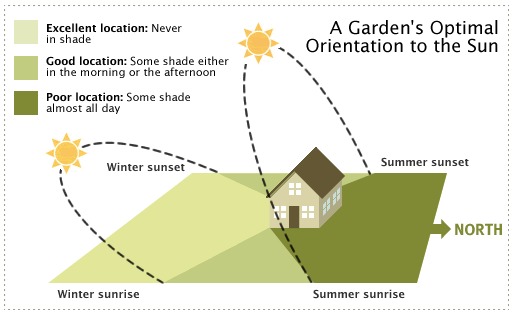Observe your land
Survey a small outdoor area to record plants, animals, and features using simple sketches, notes, and measurements to learn about local ecosystems.



Step-by-step guide to Observe your land
Landforms for Kids | Learn about the 4 Types of Landforms
Step 1
Gather all the materials listed and carry them to the outdoor area.
Step 2
Pick a small safe area to study like a patch of yard garden or park corner.
Step 3
Use the ruler or tape measure to mark a square about 5 meters across using sticks or rocks as corners.
Step 4
Draw the outline of your marked area in your notebook.
Step 5
Write NORTH at the top of your drawn map.
Step 6
Walk slowly inside the marked area and look carefully for plants animals and features.
Step 7
When you find a plant make a simple sketch of it in your notebook.
Step 8
Use your ruler to measure one part of that plant such as its height or a leaf length.
Step 9
Write the measurement next to the matching plant sketch in your notebook.
Step 10
Make a quick drawing of any animal or sign you find such as tracks nests or feathers.
Step 11
Mark the location of each animal sighting or sign on your map with a small symbol.
Step 12
Count nonliving features like rocks logs or puddles and write the numbers on your map.
Step 13
Add color to your sketches with your colouring materials to make the map easy to read.
Step 14
Share your finished survey on DIY.org.
Final steps
You're almost there! Complete all the steps, bring your creation to life, post it, and conquer the challenge!


Help!?
What can we use instead of a ruler, tape measure, sticks, or a notebook if we don't have them?
Use a length of string or a stretched shoelace to mark 5 meters (measure the string against a known door height or count adult strides), use small rocks or a jacket to mark corners instead of sticks, and record sketches on any scrap paper or a clipboard in place of a notebook.
What should we do if the 5-meter square keeps moving or plant measurements are hard to take?
Anchor corners by pushing sticks deeper into the ground or weighing rocks down and re-measure with your ruler or string, and if a plant moves in wind measure a stable part (like total height from ground or a single leaf you can hold gently) to record next to your sketch.
How can we adapt the activity for younger children or teens?
For preschoolers reduce the plot to 1–2 meters and focus on counting and colouring found items while an adult handles measurements, for elementary kids keep the 5-meter square and have them sketch and label NORTH, and for teens add species ID, precise ruler measurements, and data notes to prepare for uploading the survey to DIY.org.
How can we extend or personalize our land survey before posting it on DIY.org?
Add a legend and scale to your notebook map, use a compass or smartphone to set NORTH accurately, attach photos of each plant or animal sign to your sketches, and repeat the survey over time to show changes before sharing on DIY.org.
Watch videos on how to Observe your land
What is Geography? | All About Geography for Kids | Twinkl USA
Facts about local ecosystems
📏 A simple 1-meter 'quadrat' and a tape measure can help you estimate plant numbers and area coverage like a real ecologist.
🌿 A single square meter of healthy soil can hold thousands of tiny organisms like worms, insects, and microbes.
🔍 Bioblitz events have helped citizen scientists record tens of thousands of species by pooling short, intense observation efforts.
🌎 Local backyard surveys add to global science — they help track how species move when climate and habitats change.
🐦 Many field surveys start at dawn because birds and other animals are often most active and easiest to spot early in the morning.
How do I guide my child to survey a small outdoor area and record plants, animals, and features?
What materials do I need to survey our yard and record plants and wildlife with my child?
What ages is this land-survey activity suitable for?
What are the benefits of surveying your land with children?


One subscription, many ways to play and learn.
Only $6.99 after trial. No credit card required



